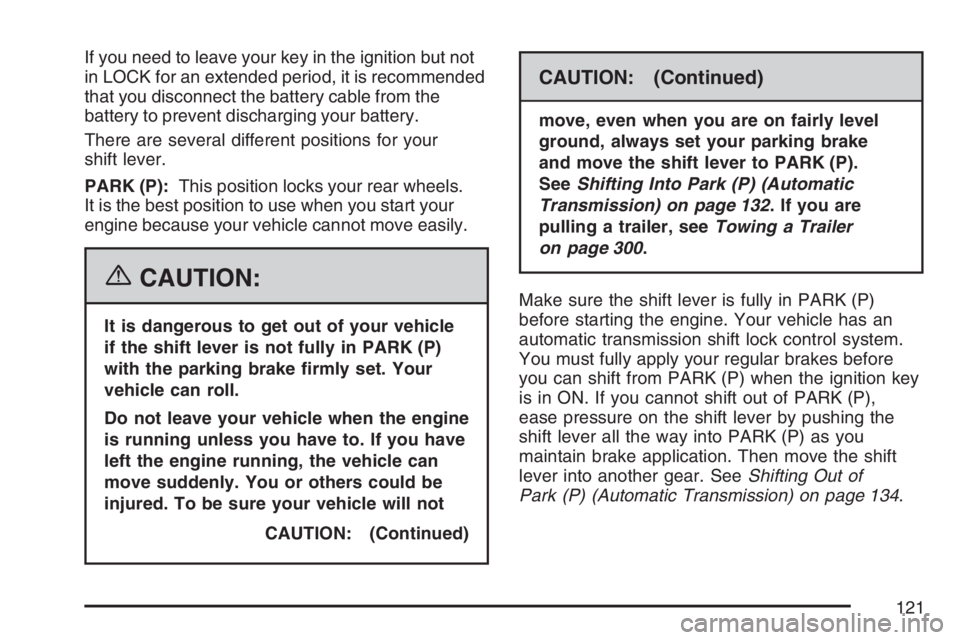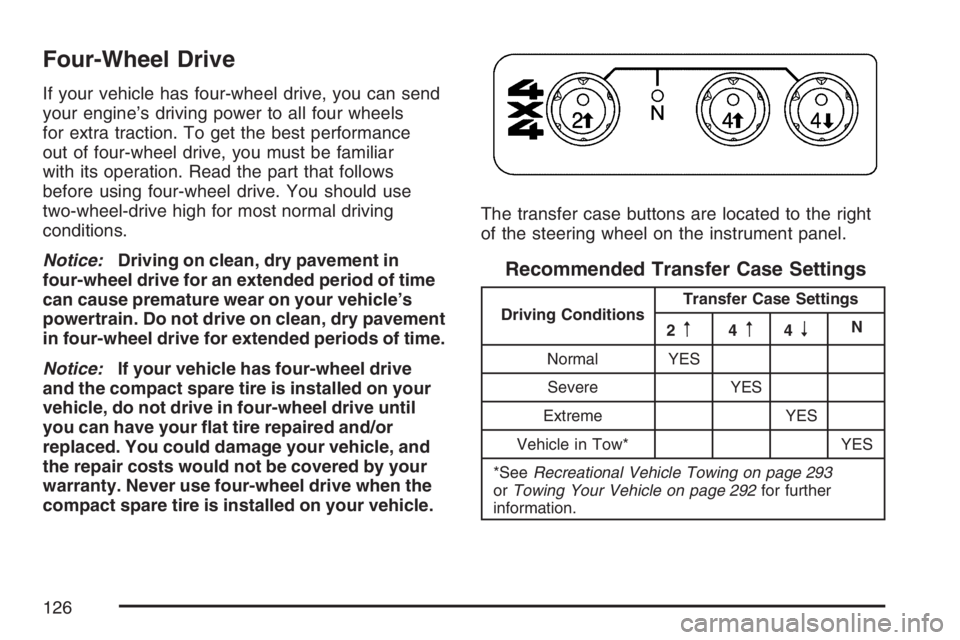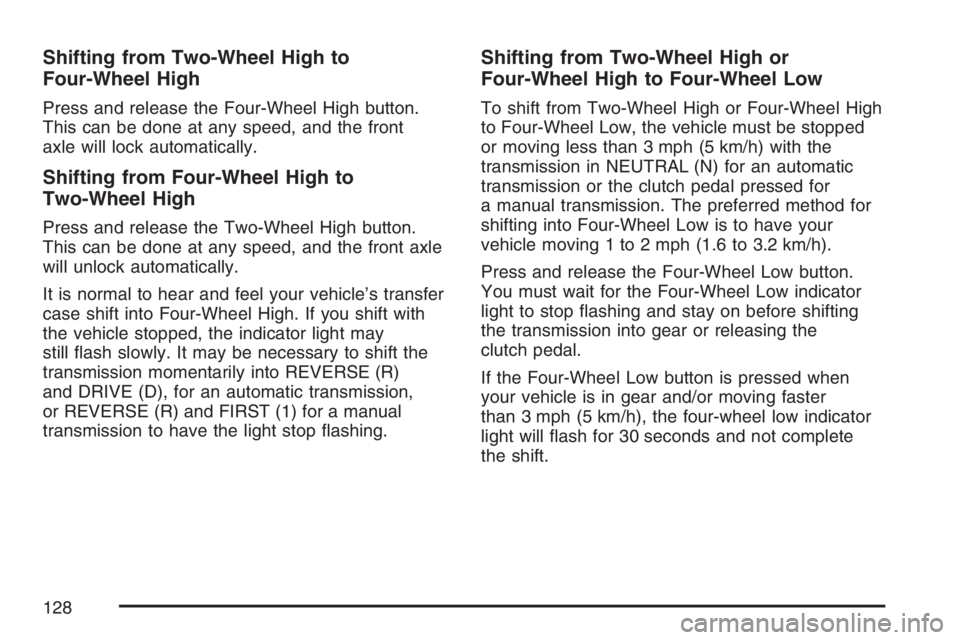2007 GMC CANYON wheel
[x] Cancel search: wheelPage 97 of 492

Keys.............................................................. 99
Remote Keyless Entry (RKE) System........ 100
Remote Keyless Entry (RKE)
System Operation.................................. 101
Doors and Locks........................................ 104
Door Locks................................................ 104
Power Door Locks..................................... 105
Programmable Automatic Door Locks........ 106
Rear Door Security Locks (Crew Cab)....... 106
Lockout Protection..................................... 107
Rear Doors (Extended Cab)...................... 107
Tailgate..................................................... 108
Windows...................................................... 110
Manual Windows....................................... 110
Power Windows........................................ 111
Sliding Rear Window................................. 112
Sun Visors................................................ 112
Theft-Deterrent Systems............................. 112
Content Theft-Deterrent............................. 112
Passlock
®.................................................. 114Starting and Operating Your Vehicle......... 115
New Vehicle Break-In................................ 115
Ignition Positions....................................... 116
Retained Accessory Power (RAP)............. 117
Starting the Engine.................................... 118
Engine Coolant Heater.............................. 119
Automatic Transmission Operation............. 120
Manual Transmission Operation................. 124
Four-Wheel Drive...................................... 126
Parking Brake........................................... 130
Shifting Into Park (P)
(Automatic Transmission)....................... 132
Shifting Out of Park (P)
(Automatic Transmission)....................... 134
Parking Your Vehicle
(Manual Transmission)........................... 134
Parking Over Things That Burn................. 135
Engine Exhaust......................................... 136
Running the Engine While Parked............. 137
Section 2 Features and Controls
97
Page 116 of 492

Ignition Positions
With the key in the
ignition switch, you can
turn to four different
positions.
LOCK (A):This position locks the ignition. It also
locks the transmission on automatic transmission
vehicles. It will locks the steering wheel on
manual transmission vehicles when the key is
removed. It is a theft-deterrent feature. You
will only be able to remove your key when the
ignition is turned to LOCK.
If you have an automatic transmission, the ignition
switch cannot be turned to LOCK unless the
shift lever is in PARK (P).Notice:Using a tool to force the key from the
ignition switch could cause damage or break
the key. Use the correct key and turn the key
only with your hand. Make sure the key is all the
way in. If it is, turn the steering wheel left and
right while you turn the key hard. If none of this
works, then your vehicle needs service.
ACC (ACCESSORY) (B):This is the position in
which you can operate your electrical accessories
or items plugged into the accessory power
outlets. On automatic transmission vehicles,
this position unlocks the ignition. On manual
transmission vehicles, it unlocks the ignition and
steering wheel. Use this position if your vehicle
must be pushed or towed.
ON (C):This is the position that the switch
returns to after you start your engine and release
the switch. The switch stays in ON when the
engine is running. But even when the engine is
not running, you can use ON to operate the
electrical accessories and to display some
instrument panel cluster warning and indicator
lights. The transmission is also unlocked in
this position on automatic transmission vehicles.
116
Page 121 of 492

If you need to leave your key in the ignition but not
in LOCK for an extended period, it is recommended
that you disconnect the battery cable from the
battery to prevent discharging your battery.
There are several different positions for your
shift lever.
PARK (P):This position locks your rear wheels.
It is the best position to use when you start your
engine because your vehicle cannot move easily.
{CAUTION:
It is dangerous to get out of your vehicle
if the shift lever is not fully in PARK (P)
with the parking brake �rmly set. Your
vehicle can roll.
Do not leave your vehicle when the engine
is running unless you have to. If you have
left the engine running, the vehicle can
move suddenly. You or others could be
injured. To be sure your vehicle will not
CAUTION: (Continued)
CAUTION: (Continued)
move, even when you are on fairly level
ground, always set your parking brake
and move the shift lever to PARK (P).
SeeShifting Into Park (P) (Automatic
Transmission) on page 132. If you are
pulling a trailer, seeTowing a Trailer
on page 300.
Make sure the shift lever is fully in PARK (P)
before starting the engine. Your vehicle has an
automatic transmission shift lock control system.
You must fully apply your regular brakes before
you can shift from PARK (P) when the ignition key
is in ON. If you cannot shift out of PARK (P),
ease pressure on the shift lever by pushing the
shift lever all the way into PARK (P) as you
maintain brake application. Then move the shift
lever into another gear. SeeShifting Out of
Park (P) (Automatic Transmission) on page 134.
121
Page 122 of 492

REVERSE (R):Use this gear to back up.
Notice:Shifting to REVERSE (R) while your
vehicle is moving forward could damage
the transmission. The repairs would not
be covered by your warranty. Shift to
REVERSE (R) only after your vehicle is
stopped.
To rock your vehicle back and forth to get out
of snow, ice, or sand without damaging your
transmission, seeIf Your Vehicle is Stuck in
Sand, Mud, Ice, or Snow on page 284.
NEUTRAL (N):In this position, your engine does
not connect with the wheels. To restart when
you are already moving, use NEUTRAL (N) only.
{CAUTION:
Shifting into a drive gear while your
engine is running at high speed is
dangerous. Unless your foot is �rmly on
the brake pedal, your vehicle could move
very rapidly. You could lose control and
hit people or objects. Do not shift into a
drive gear while your engine is running at
high speed.
Notice:Shifting out of PARK (P) or
NEUTRAL (N) with the engine running at high
speed may damage the transmission. The
repairs would not be covered by your warranty.
Be sure the engine is not running at high
speed when shifting your vehicle.
122
Page 125 of 492

Notice:Shifting to REVERSE (R) while your
vehicle is moving forward could damage the
transmission. The repairs would not be covered
by your warranty. Shift to REVERSE (R) only
after your vehicle is stopped.
Use REVERSE (R), along with the parking brake,
for parking your vehicle.
Up-Shift Light
This light will show you
when to shift to the next
higher gear for best
fuel economy.
When this light comes on, you can shift to the next
higher gear if weather, road and traffic conditions
permit. For the best fuel economy, accelerate
slowly and shift when the light comes on.While you accelerate, it is normal for the light to
go on and off if you quickly change the position of
the accelerator. Ignore the shift light when you
downshift.
If your vehicle has four-wheel drive and has a
manual transmission, disregard the shift light when
the transfer case is in four-wheel low.
For more information, seeUp-Shift Light (Manual
Transmission) on page 185.Shift Speeds
{CAUTION:
If you skip a gear when you downshift,
you could lose control of your vehicle.
You could injure yourself or others.
Do not shift down more than one gear at
a time when you downshift.
125
Page 126 of 492

Four-Wheel Drive
If your vehicle has four-wheel drive, you can send
your engine’s driving power to all four wheels
for extra traction. To get the best performance
out of four-wheel drive, you must be familiar
with its operation. Read the part that follows
before using four-wheel drive. You should use
two-wheel-drive high for most normal driving
conditions.
Notice:Driving on clean, dry pavement in
four-wheel drive for an extended period of time
can cause premature wear on your vehicle’s
powertrain. Do not drive on clean, dry pavement
in four-wheel drive for extended periods of time.
Notice:If your vehicle has four-wheel drive
and the compact spare tire is installed on your
vehicle, do not drive in four-wheel drive until
you can have your �at tire repaired and/or
replaced. You could damage your vehicle, and
the repair costs would not be covered by your
warranty. Never use four-wheel drive when the
compact spare tire is installed on your vehicle.The transfer case buttons are located to the right
of the steering wheel on the instrument panel.
Recommended Transfer Case Settings
Driving ConditionsTransfer Case Settings
2m4m4nN
Normal YES
Severe YES
Extreme YES
Vehicle in Tow* YES
*SeeRecreational Vehicle Towing on page 293
orTowing Your Vehicle on page 292for further
information.
126
Page 127 of 492

Use these buttons to shift into and out of four-wheel
drive. You can choose from the following:
2
m(Two-Wheel High):This setting is for driving
in most street and highway situations. Your front
axle is not engaged in two-wheel drive.
{CAUTION:
Shifting the transfer case to NEUTRAL
can cause your vehicle to roll even if the
transmission is in PARK (P), or if you
have a manual transmission, even if you
are in gear. You or someone else could
be seriously injured. Be sure to set the
parking brake before placing the transfer
case in NEUTRAL. SeeParking Brake
on page 130.
N (NEUTRAL):Shift the vehicle’s transfer case to
NEUTRAL only when towing your vehicle.4
m(Four-Wheel High):This setting engages
your front axle to help drive your vehicle. Use
four-wheel high when you need extra traction, such
as on snowy or icy roads, or in most off-road
situations.
4
n(Four-Wheel Low):This setting also
engages your front axle to give you extra traction.
It sends the maximum power to all four wheels.
You might choose four-wheel low if you were
driving off-road in sand, mud, or deep snow and
while climbing or descending steep hills.
Indicator lights in the buttons show you which
setting you are in. The indicator lights will come on
brie�y when you turn on the ignition and one will
stay on the selected setting. If the lights do
not come on, you should take your vehicle in for
service. An indicator light will �ash while shifting.
It will stay on when the shift is completed.
If for some reason the transfer case does not shift,
it will return to the last chosen setting.
127
Page 128 of 492

Shifting from Two-Wheel High to
Four-Wheel High
Press and release the Four-Wheel High button.
This can be done at any speed, and the front
axle will lock automatically.
Shifting from Four-Wheel High to
Two-Wheel High
Press and release the Two-Wheel High button.
This can be done at any speed, and the front axle
will unlock automatically.
It is normal to hear and feel your vehicle’s transfer
case shift into Four-Wheel High. If you shift with
the vehicle stopped, the indicator light may
still �ash slowly. It may be necessary to shift the
transmission momentarily into REVERSE (R)
and DRIVE (D), for an automatic transmission,
or REVERSE (R) and FIRST (1) for a manual
transmission to have the light stop �ashing.
Shifting from Two-Wheel High or
Four-Wheel High to Four-Wheel Low
To shift from Two-Wheel High or Four-Wheel High
to Four-Wheel Low, the vehicle must be stopped
or moving less than 3 mph (5 km/h) with the
transmission in NEUTRAL (N) for an automatic
transmission or the clutch pedal pressed for
a manual transmission. The preferred method for
shifting into Four-Wheel Low is to have your
vehicle moving 1 to 2 mph (1.6 to 3.2 km/h).
Press and release the Four-Wheel Low button.
You must wait for the Four-Wheel Low indicator
light to stop �ashing and stay on before shifting
the transmission into gear or releasing the
clutch pedal.
If the Four-Wheel Low button is pressed when
your vehicle is in gear and/or moving faster
than 3 mph (5 km/h), the four-wheel low indicator
light will �ash for 30 seconds and not complete
the shift.
128